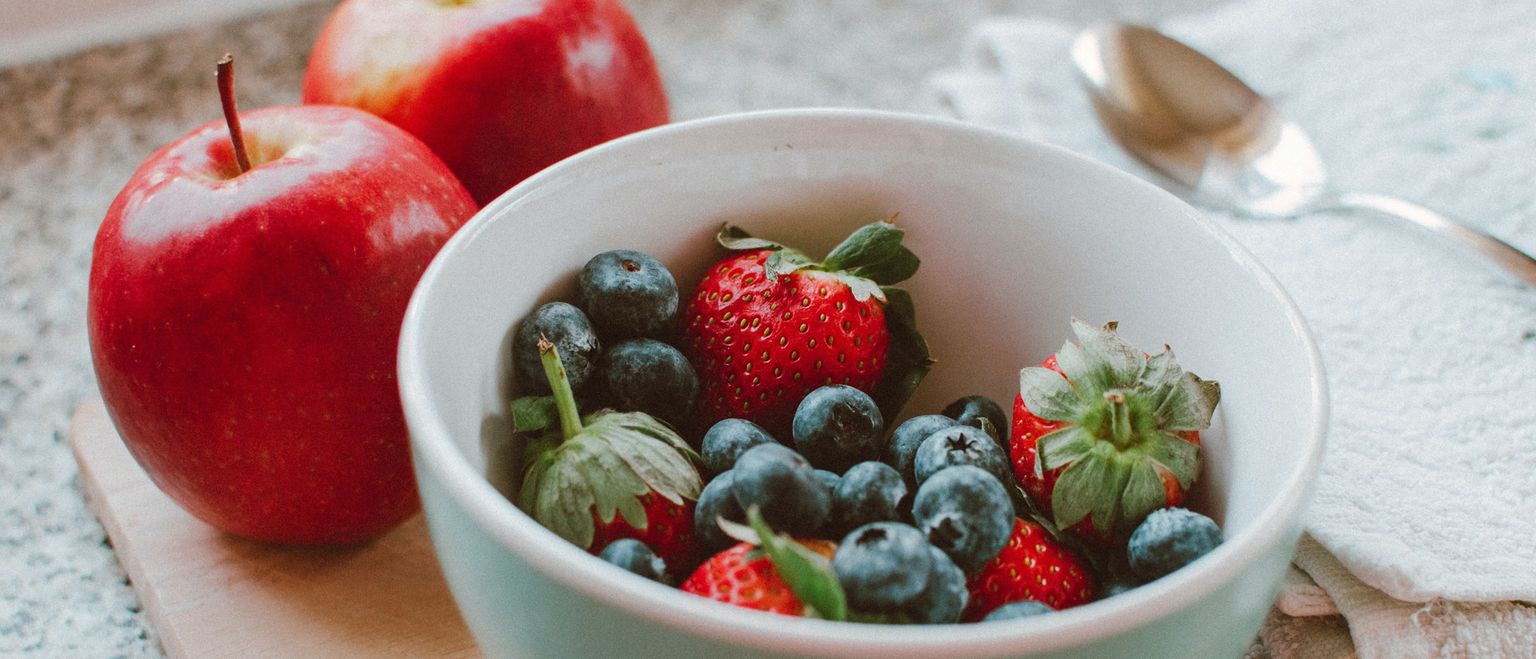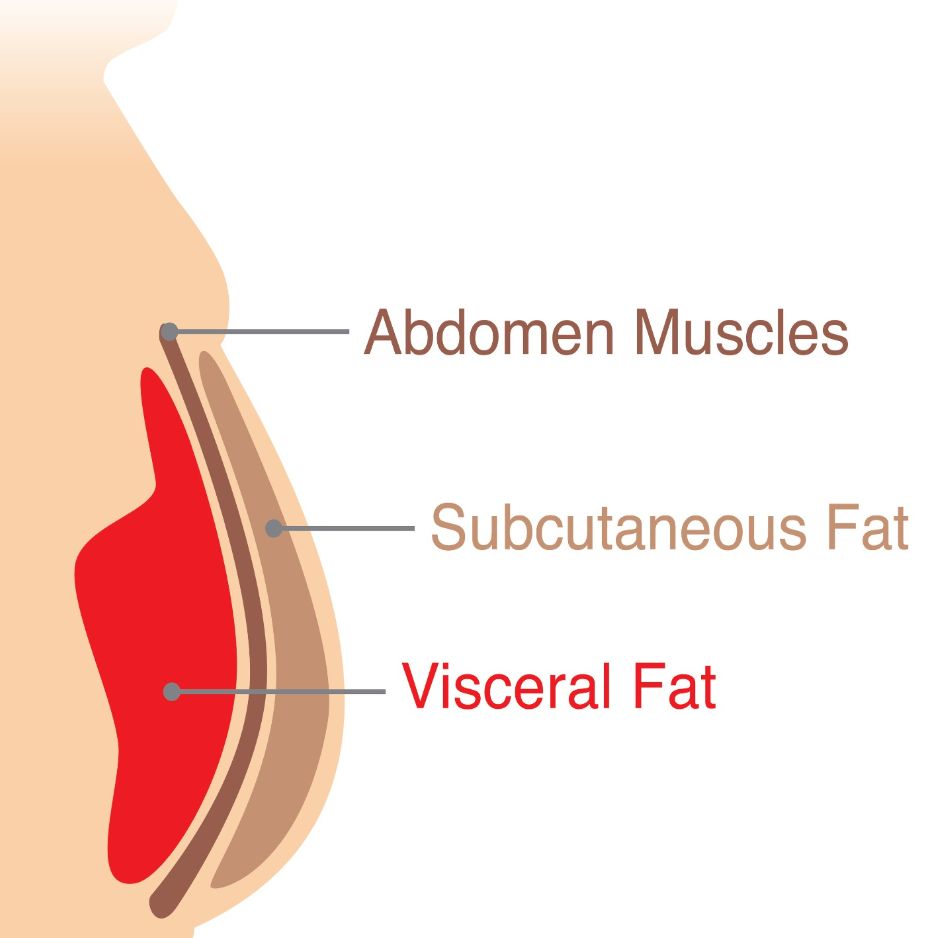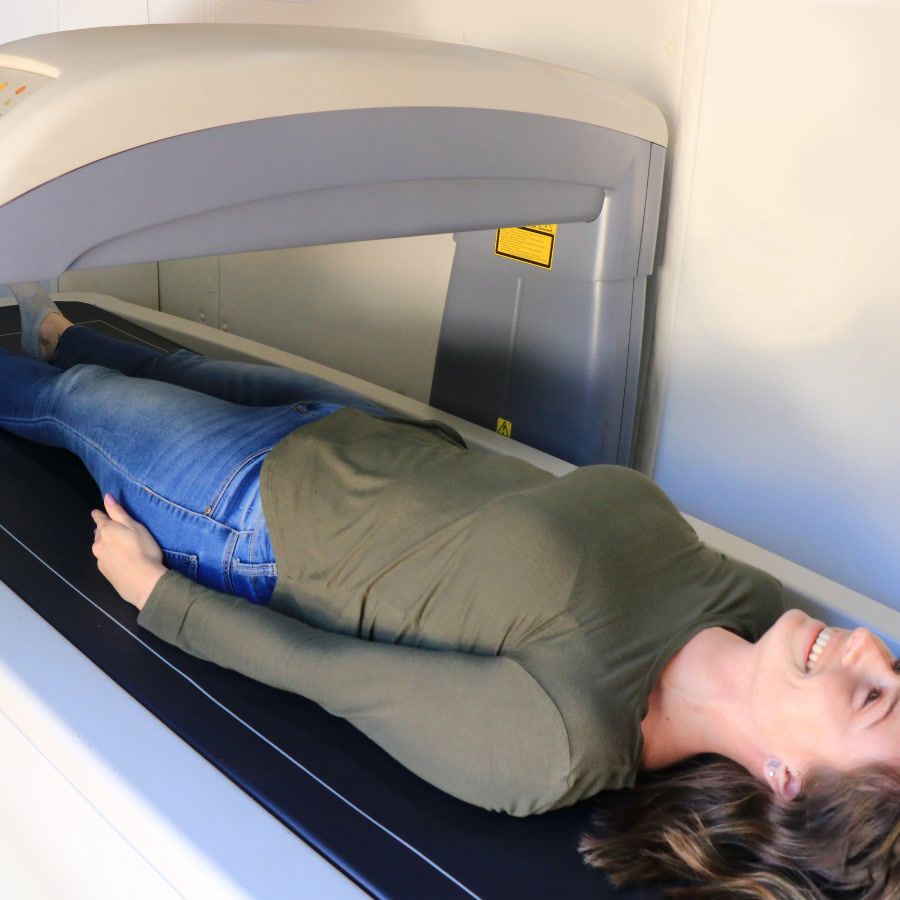To Food Log or Not to Food Log

Calorie counting and macronutrient tracking seem to be hot topics these days. In this previous post we discussed the basics of using macros to dial in your diet.
We always recommend working with a qualified nutritionist or registered dietitian to help you establish what your nutritional goals should be. But if you have never paid any attention to the balance of protein, fat, and carbs in your diet, then trying some food tracking is a great way to familiarize yourself with this approach.
Monitoring Quantity
The theory behind food tracking is that fat loss/muscle gain is a numbers game; you must eat the correct number of calories and macros considering factors such as how active your lifestyle is, what type of workouts you are doing, and what your goals are.
With this system, you won't get very far without knowing how many calories you're actually consuming and what your macros are on a daily basis.
For example, maybe you have determined that to reach your goals you need to consume an average of 1900 calories, with 40% coming from carbs, 30% from protein and 30% from fat. Without tracking your nutrition intake, you will have no idea if you are anywhere close to those numbers.
An Alternate Approach: Quality Over Quantity
There is another camp of people that believe calorie counting and food tracking are NOT effective approaches, and that the quality of your diet is much more important to focus on than the quantity.
So instead of tracking calories and macros, you focus on simply eating good, whole foods - having your diet revolve around vegetables, fruits, whole grains, lean proteins, and minimizing processed foods and sweets.
A recent study strongly supports this approach, showing that a group of 600 subjects lost an average of 12 pounds over a year without doing any calorie counting.
These subjects were split into "low carb" or "low fat" cohorts, and met with dietitians over the course of the study for advice on strategies for implementing their new diet. Both groups saw equal weight loss, leading to the conclusion that the specific type of diet may be less important than the focus on eating largely healthy, unprocessed foods.
Food Tracking for Insights
So, which approach is the right one when it comes to weight loss??
Here's our take: food tracking can be one extremely helpful short term TOOL.
Our nutrition coach recommends clients to use a food tracking app like MyFitnessPal for 1 - 3 weeks after getting a DXA scan and setting some nutritional goals, in order to shed some light on what exactly their diet habits looks like.
Here are some common insights we hear after people try the tracking:
-
"I had no idea I was so low on protein intake."
-
"I actually thought I was eating a lot more calories than I am."
-
"I never knew exactly how many extra calories my weekend drinking added to my week."
-
"I noticed how much more energy I had for my workouts on the days that I remembered to have my mid-afternoon snack."
-
"My doctor keeps telling me to eat more fiber, and I thought I was, but now I can see I'm only getting half of what I'm supposed to."
After a week or so of tracking, most people have learned a lot about how to gauge portion sizes, what their calorie intake target and macro goals look and feel like, and where their proteins/carbs/fats are coming from throughout the day.
After Tracking: Intuitive Eating
After this, our coach strongly recommends stepping back from the tracking and working on becoming an "intuitive eater."
Being an intuitive eater means listening to your hunger cues: paying attention to physical signals like exhaustion and soreness, noting mental signals like fogginess, and adjusting your diet in real time. It means not feeling guilty for having a piece of pizza or cake, but it also means having an awareness that eating pizza and cake every day will probably not support a goal of becoming leaner.
You are in full control of yourself at this point - you know what works for you and what makes you feel energized and strong and alert and happy, and you can make food choices on the go that support that and whatever other goals you may have for yourself. And you can always revisit the tracking for short periods if you need a refresher or feel like things aren't working.
Give It a Try
Here are a couple different apps that are user friendly and will get you started!
-
MyFitnessPal - tried and true, this app has been around for a long time and their database of foods is extensive. Many restaurant items are easily searchable, and you can also create and save your own recipes so you can quickly add the things you commonly eat. You can also scan barcodes to have the nutrition info automatically added to your food log. There is a basic free version that is perfectly great for getting started, and a paid option that unlocks extra features.
-
LoseIt - another great option, the LoseIt app has all the basics you need for tracking your food accurately, and it also has the nice option of allowing you to snap a photo of your food. The app will then provide suggestions of what the nutrition of that item is. Also has a free basic version and paid upgrade.
-
My Diet Coach - A neat feature of this tracking app is that you can put in any custom goal like "increase my energy level" or "feel great about myself", besides just having a calorie goal. The app will remind you of your personal goal each day - and a daily affirmation is a great thing to start off your morning with.


